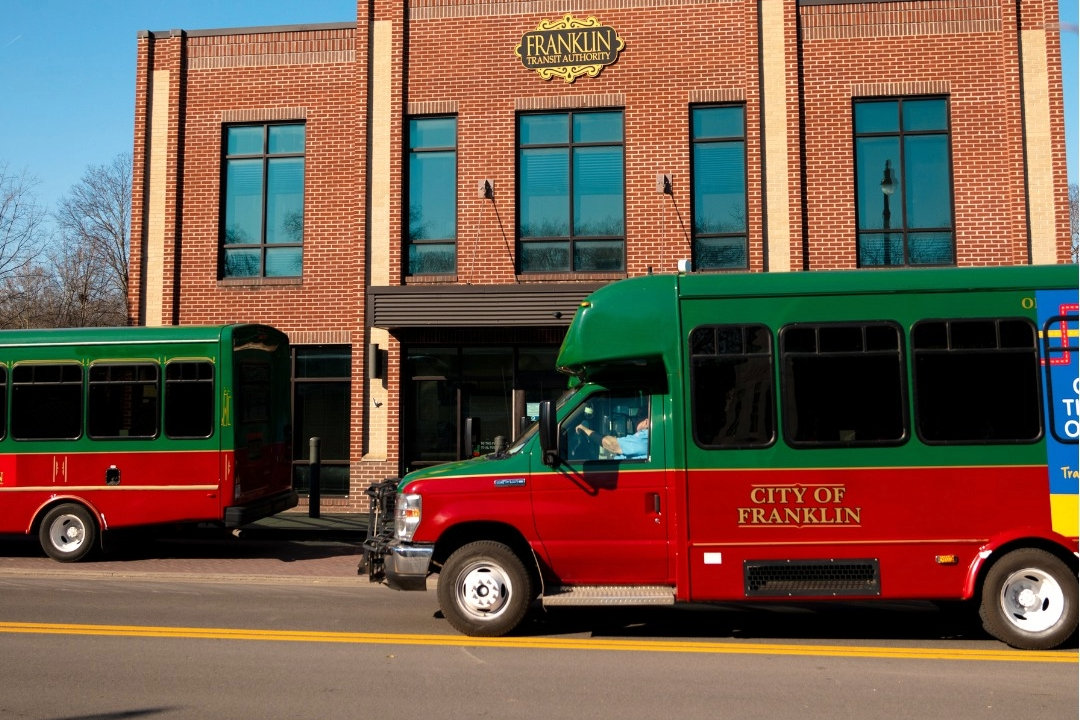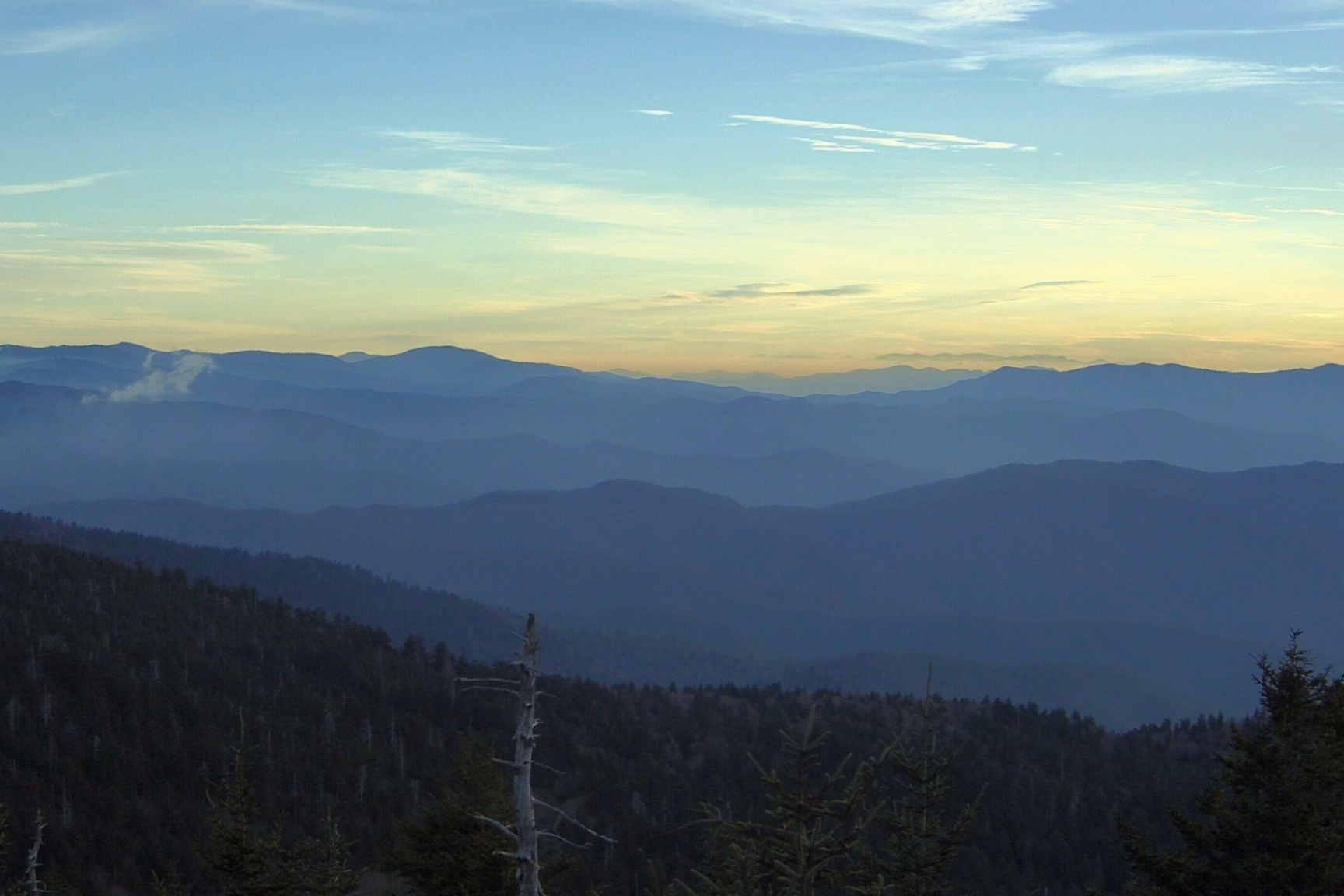City of Franklin Hosts Grand Reopening of Main Barn at The Park at Harlinsdale Farm
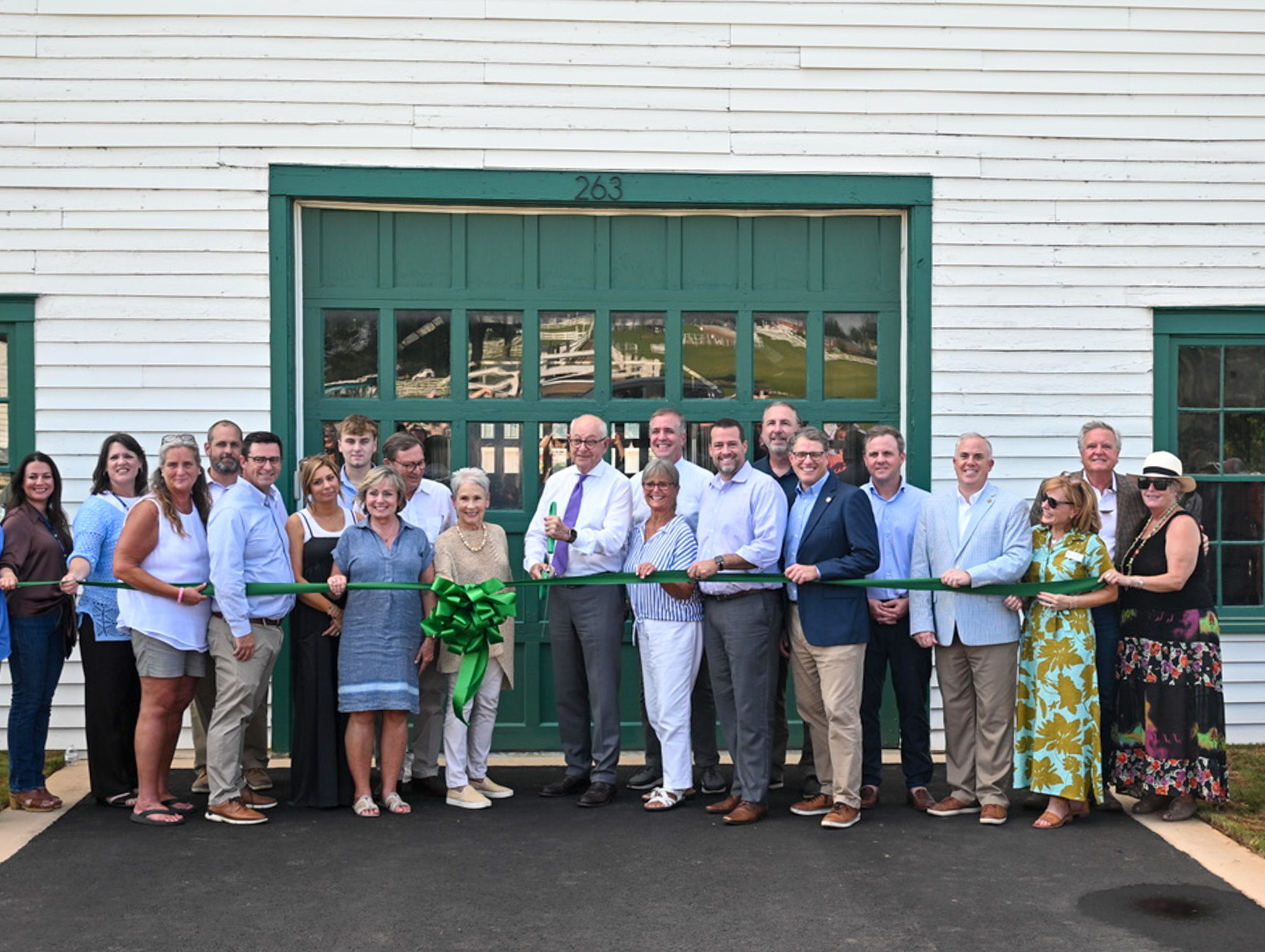
Once central to Franklin’s horse industry, the Main Barn at Harlinsdale begins a new chapter as a preserved landmark and a space for community events
The Park at Harlinsdale Farm, a 200-acre historic property located just north of downtown Franklin, has long been considered one of the city’s most treasured landmarks. Once a renowned breeding ground for Tennessee Walking Horses, the farm is best known as the home of Midnight Sun (1940–1965), a two-time World Grand Champion who helped cement Harlinsdale’s place in equestrian history. Midnight Sun’s impact reached far beyond his own wins. Every World Grand Champion since 1949, with only four exceptions, has been either his direct descendant or traced back to him, leaving a legacy that continues to shape the breed today.
When the City of Franklin purchased the land in 2004, that remarkable lineage underscored the importance of preserving Harlinsdale. The goal was to protect its open space and transform the farm into a public park, honoring its equestrian heritage while creating a gathering place for residents and visitors.
Over the years, that vision has taken shape through a series of restoration and preservation projects. The Hayes House, one of the property’s historic residences, has been carefully restored. The Harlinsdale Farm Pedestrian Bridge, opened in May 2024, provides a vital connection between the park and nearby destinations such as neighborhoods, schools, and trail systems. More than five miles of sidewalks and trails have been added, and the pastures and fencing have been rehabilitated to maintain the farm’s equestrian feel.
On Tuesday, August 19, 2025, that mission took another step forward. The park was filled with applause, cameras, and plenty of emotion as city officials, community leaders, and longtime supporters gathered to cut the ribbon on the newly restored Main Barn at The Park at Harlinsdale Farm.

A Long-Awaited Day
The celebration began beneath a large white tent set up just outside the Main Barn, where city leaders, descendants of the Harlin family, representatives of Friends of Franklin Parks, and local residents gathered for remarks before the ribbon cutting. Mayor Ken Moore, Alderman Matt Brown, City Administrator Eric Stuckey, City Engineer Shahad Abdulrahman, and Parks and Recreation Superintendent Suzanne Carter all took part in the program, joined by a crowd that included many who grew up with Harlinsdale as part of their lives.
Ward 2 Alderman Matt Brown opened the ceremony, noting the anticipation that had built over more than a decade. “In addition to the heat, you can probably feel the excitement in here today,” he said. “This moment has been building for 14 years.” Brown connected the barn’s reopening to the steady progress Franklin has made in enhancing its parks over the years. “And now, the pièce de résistance, the Main Barn! I truly can’t imagine a better place to live.”
Mayor Ken Moore followed, reflecting on how far the city has come since taking ownership of the property. He shared that his wife, Linda, grew up across the street from Harlinsdale and spent her childhood riding horses through its pastures, memories that underscored how deeply woven the farm is into the lives of local families.
Moore also emphasized the vision of his predecessor, former Mayor Tom Miller, who championed the city’s purchase of the farm despite initial controversy. “It wasn’t exactly an easy thing to accomplish,” Moore said. “But I would say, what if this had not happened? What if Tom Miller had not had that vision to bring this into our city and purchase it? What would have happened to the farm? Probably something that none of us would be very happy with.”
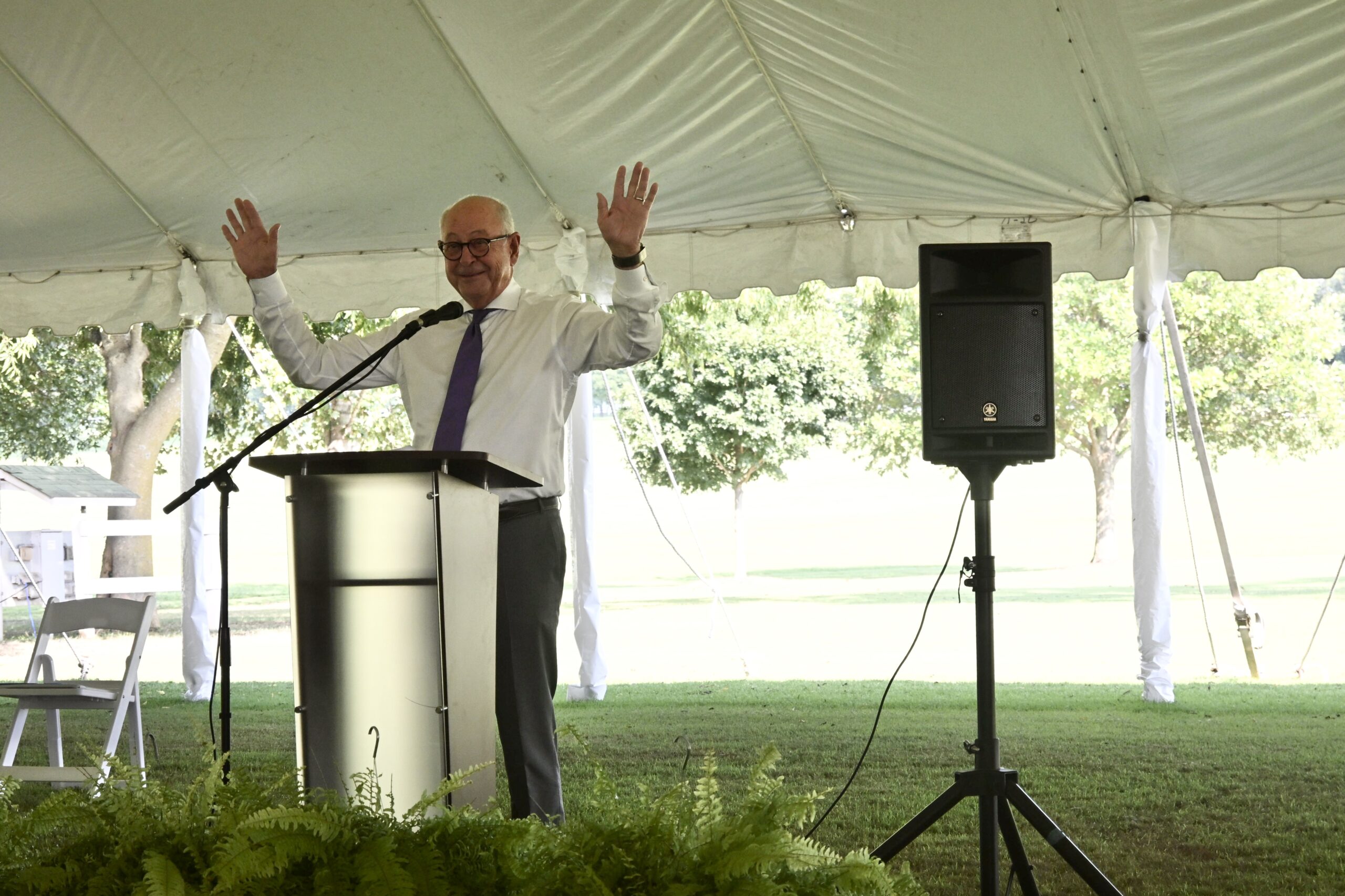
A Promise Kept
One of the day’s most emotional moments came from veterinarian and Friends of Franklin Parks board member Dr. Monty McTurff. As a boy, he worked at Harlinsdale and later returned to provide care for its horses. He recalled learning that the Harlin family planned to sell the farm and his fears about what development might mean for the iconic property. The family assured him the city would keep it green, preserve the structures, and tell the story of Franklin’s equestrian legacy.
Two decades later, looking out at the crowd gathered for the barn’s reopening, McTurff said the city had kept its word. “Today we’re here at this iconic barn. This is the most iconic landmark in our town. It rivals Carnton. It rivals the Carter House. Every single day, there’s somebody out here with a camera taking pictures of this barn, and you know what they’re doing? They’re doing it with a smile on their face.”
For McTurff, the restoration was proof that the investment was worth it. “This place brings joy to people. The emotional return on investment is greater than anything you could measure in dollars.”

Leadership and Teamwork
The barn’s restoration was managed by City Engineer Shahad Abdulrahman, who emphasized the collaborative spirit of the project. She said the Harlin family provided invaluable guidance, answering questions about how the barn once looked and ensuring the final design remained historically accurate.
Building on that, City Administrator Eric Stuckey described the barn as both a link to Franklin’s past and a space for future generations. “Parks play an incredibly important role in building a community,” he said. “They connect us together, unlike anything else. And Harlinsdale uniquely does that. It connects us to our past, but it creates this great space for generations to come.”
Parks and Recreation Superintendent Suzanne Carter closed the ceremony by thanking those who helped bring the day together, including Parks Director Lisa Clayton and her team. “We are very excited this day is finally here,” Carter said, before inviting leaders and family members forward for the official ribbon cutting.
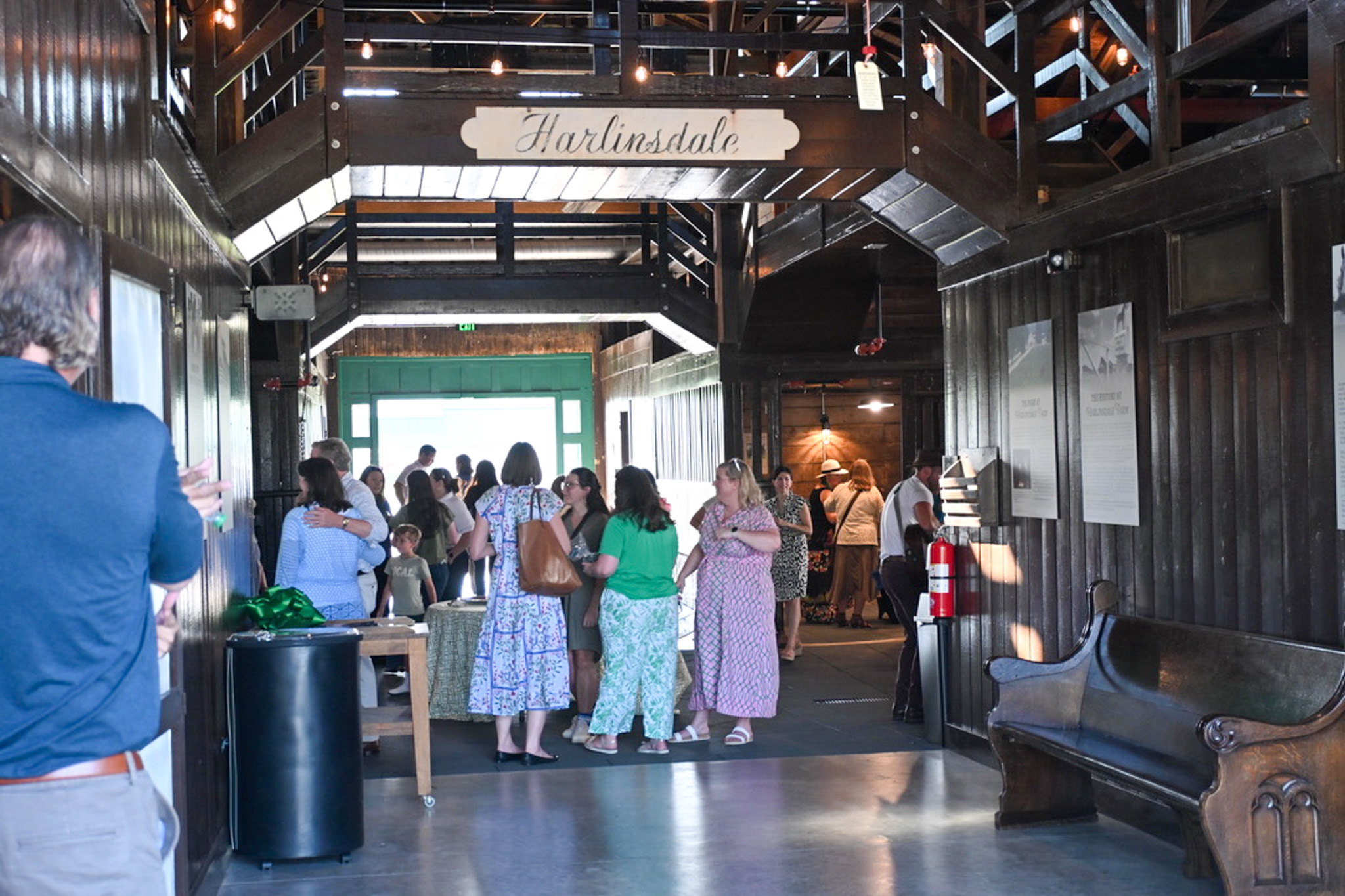
Inside the Main Barn at The Park at Harlinsdale Farm
Once the ribbon was cut, guests stepped inside the restored Main Barn and were greeted by soaring wooden beams and exposed trusses that gave the space an almost cathedral-like feel. Lighting from updated fixtures and strings of soft bulbs highlighted the craftsmanship of the original structure. The barn’s design features a wide central hall with two shorter wings extending from it, giving visitors multiple directions to explore.
One wing of the barn showcased the restored Harlin family offices, complete with paneled walls, framed portraits of Tennessee Walking Horses, and shelves lined with memorabilia. Display cases featured trophies, silver trays, and nameplates belonging to champions like Midnight Sun, while interpretive panels along the walls shared stories of the farm’s past. Visitors lingered over these exhibits, taking in the legacy of Harlinsdale’s horses and the people who raised them.
The stalls lining the main hall were also brought back to life, their wood polished and ironwork restored, offering a glimpse of what the barn might have looked like during its peak. A few stalls even housed horses, which delighted guests and gave them a chance to connect directly with the farm’s equestrian heritage. Children leaned over stall doors to stroke velvety noses, while longtime Franklin residents reminisced about the days when Tennessee Walking Horses were trained here.
Flower-covered tables with food and drinks added a celebratory touch, while a live band provided music that carried through the rafters. The mix of artifacts, living horses, music, and conversation made the barn come alive in an immersive experience that honored its past while pointing to its future as a venue for events and community gatherings.
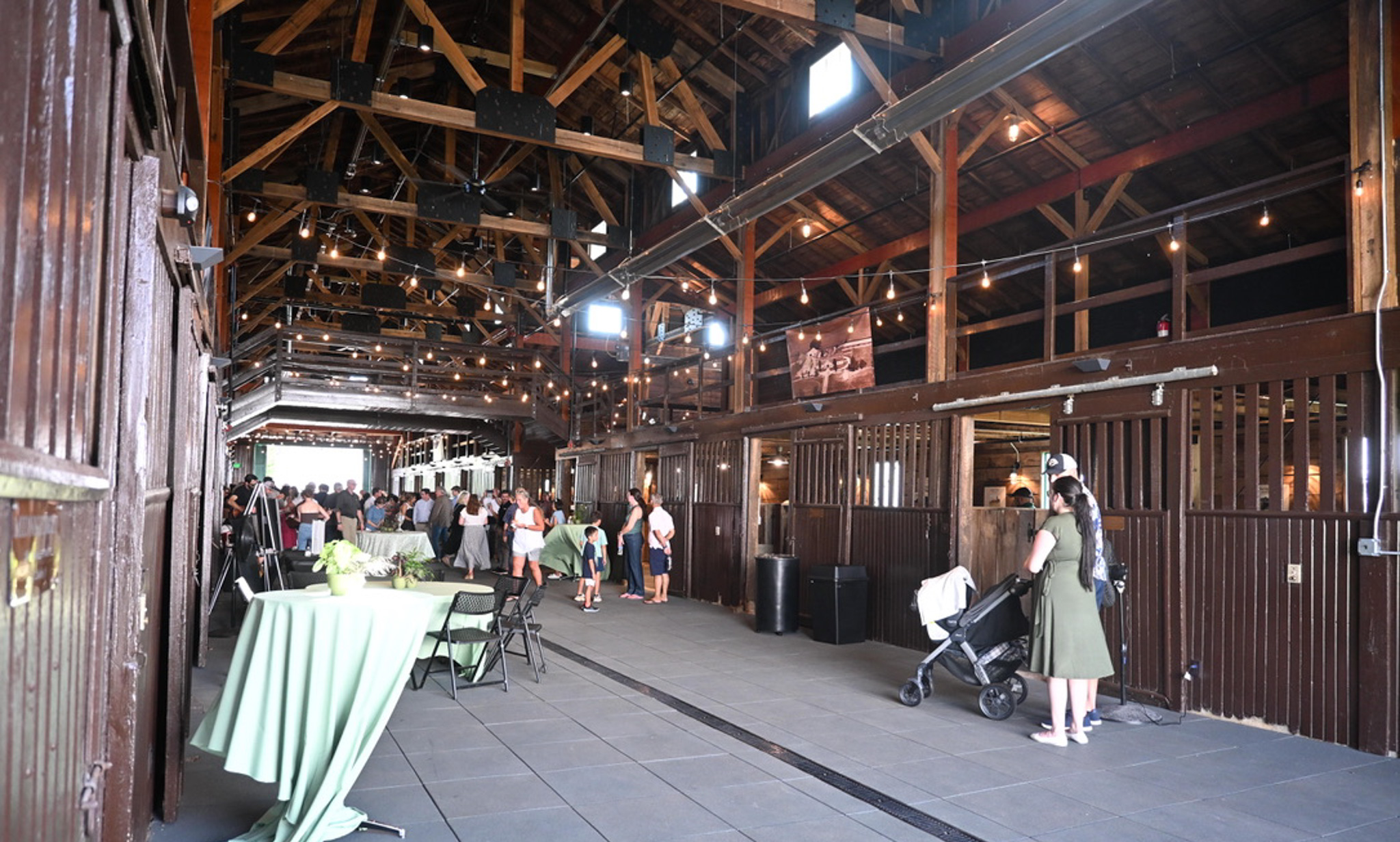
Preserving History and Creating Space
Restoring the Main Barn meant striking a balance between preserving its character and preparing it for a new chapter of community use. Every update was made with that dual purpose in mind. The project included a new roof and exterior siding to protect the structure, along with a paved road and ADA-accessible parking to welcome all visitors. Landscaping refreshed the grounds, while the addition of a warming kitchen expanded the barn’s potential for hosting gatherings and events.
Inside, new flooring, improved drainage, additional bathrooms, overhead heaters, and large fans bring comfort and practicality to the space without compromising its historic integrity. Structural updates were also completed to bring the barn to code, making it safe and adaptable for public events of all sizes.
For years, the grounds of Harlinsdale have hosted major gatherings, from the Pilgrimage Music & Cultural Festival to polo matches and fundraisers. With the Main Barn complete, the park can continue to welcome these beloved events while also expanding opportunities for new indoor gatherings and celebrations in the years ahead.
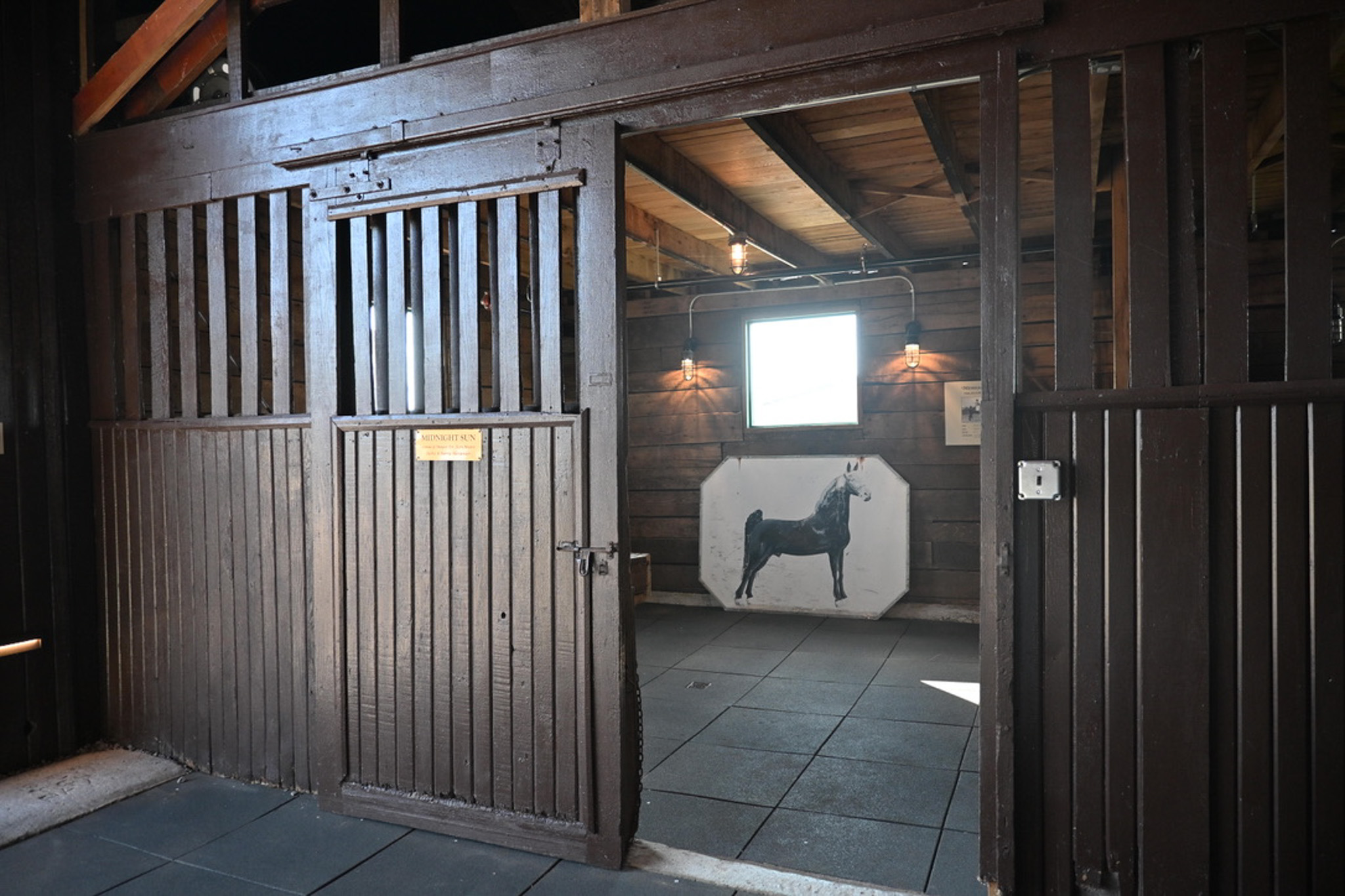
The Main Barn at the Park at Harlinsdale Farm: A Living Landmark
For Franklin, the restoration of the Main Barn represents more than the preservation of a historic structure. It is a visible reminder of the city’s equestrian roots, a promise fulfilled, and a gathering place for generations to come. Thanks to the vision of the Harlin family, the commitment of city leaders, and the support of preservation partners, the barn now stands renewed, linking Franklin’s past to its future.
Photo Gallery: A Day to Remember at Harlinsdale
The community gathered at The Park at Harlinsdale Farm to celebrate the grand reopening of the restored Main Barn. From the ribbon-cutting ceremony to tours of the updated space, the event marked a new chapter for this landmark. Browse the gallery below for highlights from the day.

